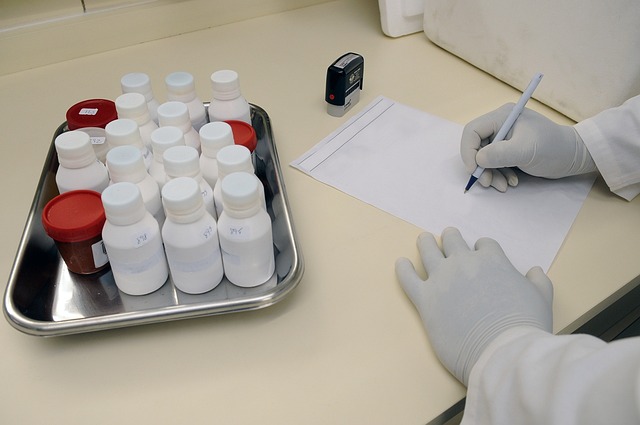Revolutionizing Diagnostics: Exploring the Technological and Health Innovations of Digital Pathology
In the rapidly evolving world of medicine, digital pathology is emerging as a beacon of hope, heralding a new era of diagnostic excellence. This innovative approach leverages cutting-edge technology to transform the way pathologists analyze and interpret medical images, ultimately improving patient outcomes and streamlining healthcare processes.
Technological Innovations in Digital Pathology
The heart of digital pathology lies in its technological advancements. Gone are the days of viewing tissue samples under a microscope, as state-of-the-art scanners enable the digitization of microscopic slides with unparalleled precision. These high-resolution images can be processed, analyzed, and shared instantaneously, breaking down geographical barriers and promoting collaboration among healthcare professionals worldwide.
Artificial intelligence (AI) has taken digital pathology a step further. By utilizing machine learning algorithms, pathologists can enhance diagnostic accuracy and efficiency. AI can analyze vast datasets to identify patterns and anomalies that the human eye might miss, leading to earlier detection of diseases and better personalized treatment plans. The integration of AI also aids in minimizing variability in diagnoses, making it a valuable tool in ensuring consistency in patient care.
Health Innovations Driven by Digital Pathology
The health innovations stemming from digital pathology are transformative, impacting not only diagnostic capabilities but also patient experiences and outcomes. With digital pathology, remote consultations are now a reality. Pathologists can collaborate with specialists across the globe, facilitating second opinions and ensuring that patients have access to the best care, regardless of their location.
Moreover, the ability to archive and retrieve digital slides easily allows for better record-keeping and longitudinal studies. This wealth of data is invaluable for researchers studying disease trends and treatment efficacy, ultimately contributing to the continuous improvement of medical practices. Furthermore, digital pathology enhances educational opportunities, enabling medical students and professionals to learn from a wide array of cases through virtual slides, thereby enhancing their diagnostic skills.
As we embrace these changes, it is evident that digital pathology is not just a technological upgrade; it is a paradigm shift in diagnostics that promises to improve the quality of care and elevate health standards globally. The marriage of technology and healthcare continues to unveil unprecedented possibilities, empowering healthcare providers and, most importantly, patients in their journey towards better health.




